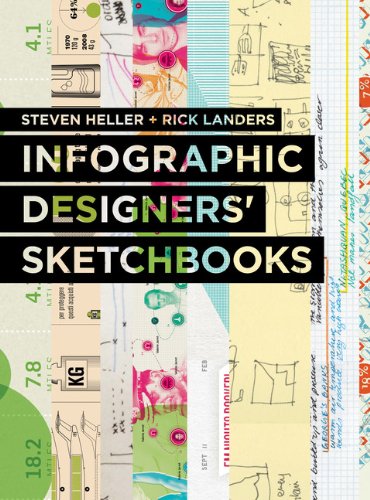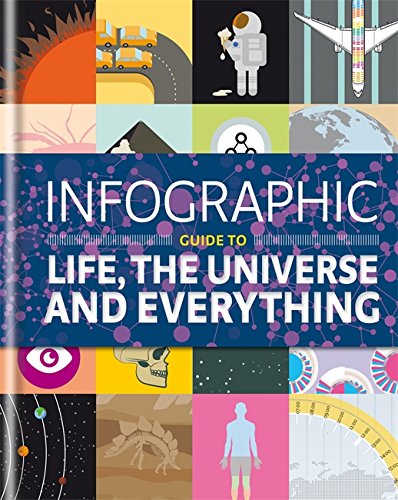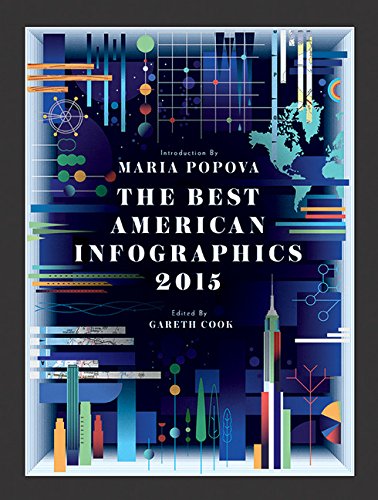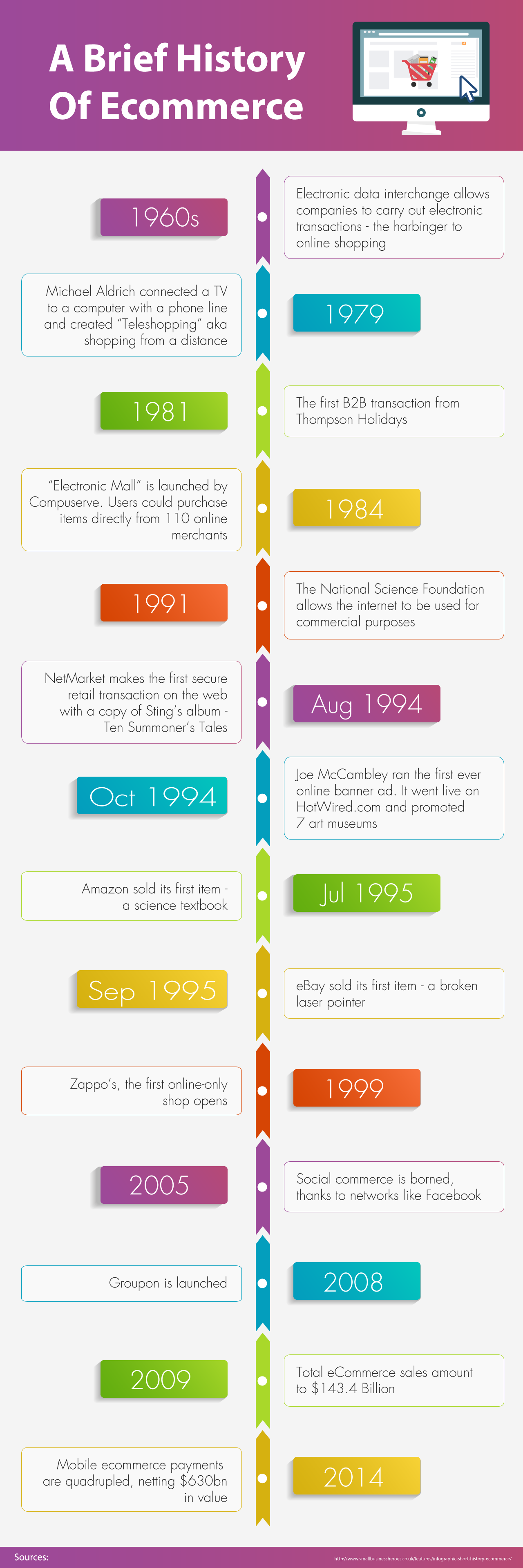Information Made Beautiful: Infographic Design
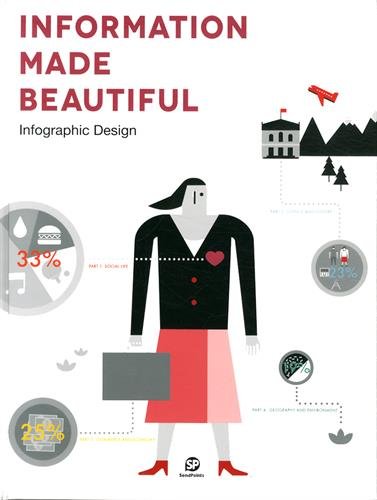
Overwhelming amounts of information are available for readers and consumers in modern times, but how can it be made understandable, and given context and importance? The designers and creatives whose works are featured in Information Made Beautiful address these issues with projects that don t just make data easy to understand, but make it understanding it an appealing experience. Work from over 100 designers and studios includes projects for clients such as Wired Italy, the Royal Mail, Money Today, Lionsgate Entertainment, Ronald McDonald House, and the UN, as well as universities, research facilities, and private clients. These pieces range from abstract to hands-on, and break down information ranging from the status of female children in India and global water usage to coffee bean maps covering the amount of caffeine consumed in the US and crocheted diagrams of time spent crafting on German public transportation. The bright colors, eye-catching graphics, and specialty typographies of Information Made Beautiful make it easy to understand how designers are translating this new form of visual language to create information that is also inspiration.


